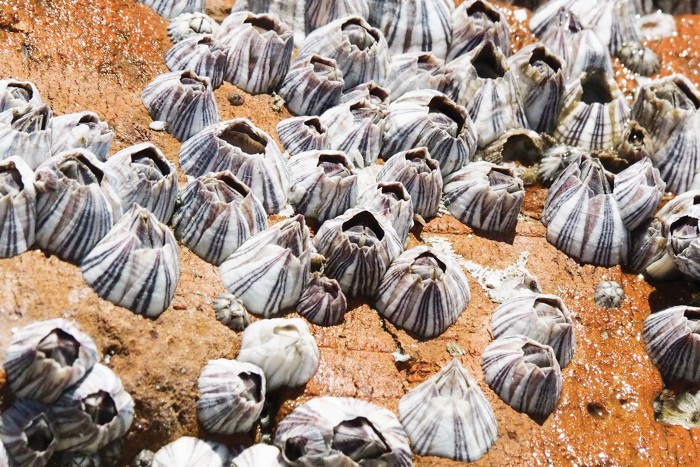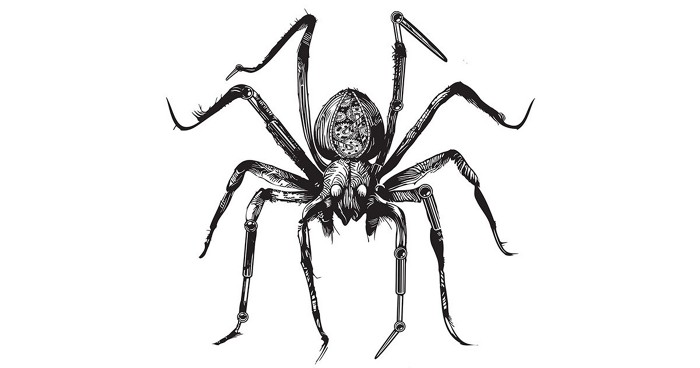×
CEN's 2020 Trailblazers
Paula Hammond: Drug delivery pioneer
Oluwatoyin "Toyin" Asojo: Rare-disease drug hunter
Laura Dassama: Sickle cell fighter
Cordell Hardy: Industrial innovator
Vernon Morris: Atmosphere investigator
Isiah Warner: Materials maestro and mentor
Malika Jeffries-EL: Semiconductor materials maven
Squire Booker: Catalysis champion
Jamel Ali & Patrick Ymele-Leki: Biofilm-busting duo
Carl Bonner: Jack of all chemistries
Cato Laurencin: Tissue regenerator
Kristala Prather: Synthesis warrior
Samson Jenekhe: Polymer powerhouse
Davita Watkins: Supramolecular chemistry sleuth
Karen Akinsanya: Strategic drug discoverer
Lynden Archer: Entrepreneurial educator
Etosha Cave: CO2 converter
Kimberly Jackson: Cancer slayer
Thomas Epps & LaShanda Korley: Upcycling champions
Sherine Obare: Interdisciplinary icon
Historical profiles
Contributors
C&EN's 2020 Trailblazers Celebrating badass women entrepreneurs in chemistry
Advertisement
Grab your lab coat. Let's get started
Welcome!
Welcome!
Create an account below to get 6 C&EN articles per month, receive newsletters and more - all free.
It seems this is your first time logging in online. Please enter the following information to continue.
As an ACS member you automatically get access to this site. All we need is few more details to create your reading experience.
Not you? Sign in with a different account.
Not you? Sign in with a different account.
ERROR 1
ERROR 1
ERROR 2
ERROR 2
ERROR 2
ERROR 2
ERROR 2
Password and Confirm password must match.
If you have an ACS member number, please enter it here so we can link this account to your membership. (optional)
ERROR 2
ACS values your privacy. By submitting your information, you are gaining access to C&EN and subscribing to our weekly newsletter. We use the information you provide to make your reading experience better, and we will never sell your data to third party members.
Biomaterials
Movers And Shakers
Cato T. Laurencin has innovated ways to regrow injured tissues
This tissue regeneration expert is driven by his twin passions for surgery and biomedical engineering
by Melba Newsome, special to C&EN
February 22, 2021
| A version of this story appeared in
Volume 99, Issue 6
For Cato T. Laurencin, being asked to choose between engineering and orthopedic surgery would be like having to choose which arm to cut off. These twin passions have driven his innovation in biomedical engineering, including many pioneering achievements in tissue regeneration.

Credit: Octavio Jones
Cato Laurencin
Cato T. Laurencin
Hometown: Philadelphia
Education: BSE, Princeton University, 1980; MD, Harvard Medical School, 1987; PhD, Massachusetts Institute of Technology, 1987
Current position: Albert and Wilda Van Dusen Distinguished Professor of Orthopaedic Surgery, University of Connecticut
Book that made an impact on him: The Bible
Best professional advice he’s received: Dream big (advice from my mom and dad)
As a sports medicine fellow in the early 1990s, Laurencin saw a fair number of injuries to the anterior cruciate ligament (ACL). This major knee ligament stabilizes the joint and is a common site of injuries, particularly in athletes. He believed there had to be a better way to address those injuries, and he thought the answer could come from using biomaterials to regenerate the ligament. One night, he sketched out a preliminary drawing of how he might do just that.
While a chemical engineering professor at Drexel University from 2001 to 2003, a textile-engineering colleague showed Laurencin two objects that helped with his plan: a flimsy fiber that broke easily and a bar that looked and felt like metal. Both things were made of the same material—one was stronger than the other because it was braided. It dawned on Laurencin that braiding technology could make materials strong and pliable enough to regenerate the ACL.
Laurencin, now at the University of Connecticut, took that inspiration and, along with PhD student James Cooper, developed the patented Laurencin-Cooper Ligament, a surgically implantable, biocompatible, biodegradable 3-D matrix for regenerating the ACL. Once implanted, the device encourages healing. Cells attach to the matrix, grow in the direction of the engineered fibers, and start to regenerate the ligament across the fibers.
Laurencin next turned to regenerating other tissues. His team explored combining polymers and ceramics for musculoskeletal repair in the 1990s and pioneered the use of biocomposites to aid bone and tissue repair.
Laurencin has won the National Medal of Technology and Innovation and has been elected to the National Academies of Engineering and Medicine. Between that aha moment in the textile lab and the crush of accolades that followed, Laurencin has refined the field of tissue engineering with a set of ideas he calls regenerative engineering. These ideas center on integrating tissue engineering with advanced materials science and developmental biology to regenerate complex tissues, organs, and organ systems.
Cedric M. Bright, associate dean for admissions at the Brody School of Medicine, says that in addition to Laurencin’s legion of professional accomplishments, he is best defined by his compassion and caring, particularly when it comes to equity and fairness with colleagues. “He embodies the adage ‘If you want to go far, take somebody with you.’ Cato is a champion of climbing and reaching back.”
For his work mentoring hundreds of students in engineering and medicine and developing initiatives to improve diversity in medicine and science, Laurencin has also received the Herbert W. Nickens Award for promoting justice in medical education and health-care equity.
That’s what I’m dedicated to—to improving the human condition.
Laurencin continues to push engineering and medical boundaries in working to regenerate increasingly more complex tissues. Three years ago, his Connecticut Convergence Institute for Translation in Regenerative Engineering announced the Hartford Engineering a Limb (HEAL) project, which has set the goal of regenerating a human limb by 2030. The team has already regenerated every tissue of the leg.
While this goal strikes many as more science fiction than science, Laurencin points out that growing bone cells and regenerating the ACL also seemed far off at one point. In the HEAL project, as well as his work mentoring students and developing new healing technologies, Laurencin says he’s driven by the desire to help people. “This is at the heart of everything we think about,” he says. “That’s what I’m dedicated to—to improving the human condition.”
Chemical & Engineering News
ISSN 0009-2347
Copyright © 2024 American Chemical Society




Join the conversation
Contact the reporter
Submit a Letter to the Editor for publication
Engage with us on Twitter